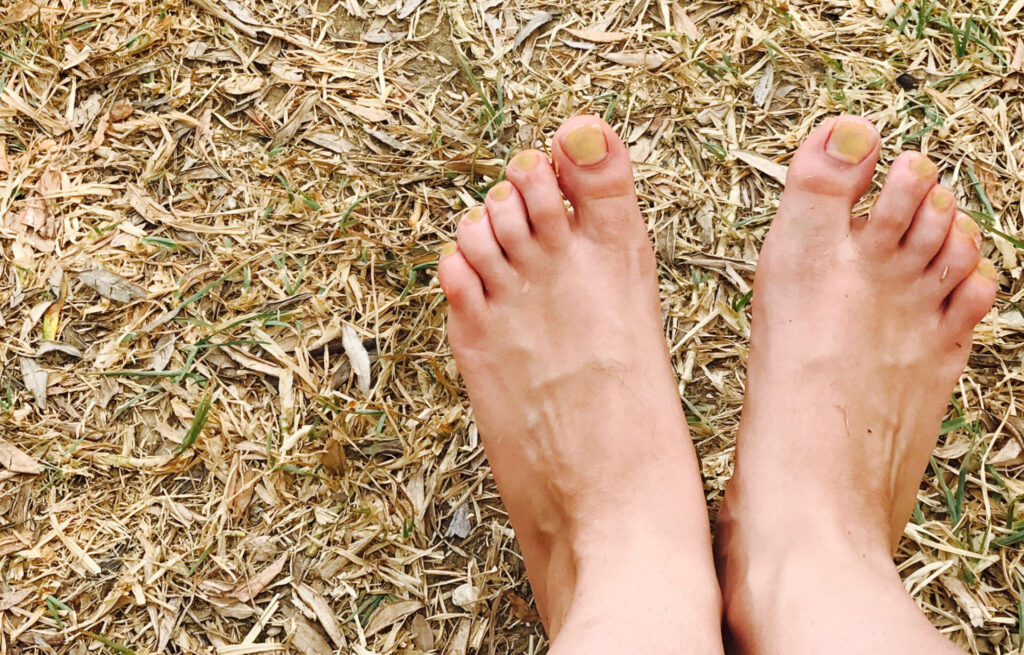Learn more about Yellow Nail Syndrome
Yellow nail syndrome is a rare disorder of the nail which results to swelling of parts of the body caused by blockage or damage to the drainage of the lymphatic system. Yellow nails syndrome is characterised by the triad of yellow thickened nails, lymphoedema and respiratory manifestations. They are typically chronic cough, bronchiectasis or pleural effusion.
It most often starts in middle age, although a similar condition has been described in younger children.
Causes of Yellow Nail Syndrome
The cause of yellow nail syndrome is unknown. However, it is seen in patients with chronic bronchiectasis or sinusitis, pleural effusions, internal malignancies, immunodeficiency syndromes, and rheumatoid arthritis. In some cases, the lymphatic abnormality may be congenital (occur during development) but in most it is probably related to the other associated conditions.
Signs and Symptoms of Yellow Nail Syndrome
- Nail changes
- All nails may be affected
- Nails are then slow growing or appear to have stopped growing
- Nails become thicker and turn a pale yellow or greenish-yellow colour with edges slightly darker
- Nails mainly remain smooth but may be cross-ridging and nail humped with loss of cuticles
- Onycholysis (separation of nail from the nail bed) may affect one or more nails
2. Lymphoedema
- Swelling occurs in about 80% of patients and most frequently affects the legs
- Signs of swelling usually occur after nail changes appear and may not been seen for some months later
- Swelling less often affects the hands, face or genitals
3. Respiratory signs
- Pleural effusions occur in about 36% of patients
- In about 30% of patients, the initial symptom is related to pleural effusions
- Patients often give a history of recurrent attack of bronchitis, chronic sinusitis, and pneumonia
What treatment is available?
Patients should receive appropriate medical treatment for their respiratory symptoms as well as oedema.
Nail changes once established are usually permanent, although complete reversion to normal nails has occurred in some cases. Treatment of nails includes topical vitamin E solution and also oral itraconazole. Some studies have shown that nutritional supplementation with vitamin E appears to be effective in controlling yellow nail syndrome, for unknown reasons. Zinc supplements is also useful. However, it is unclear whether they are effective.
Moreover, Itraconazole and fluconazole are oral antifungal agents. It has been noted that they appear to speed up the rate of growth of nails, which may be of benefit in yellow nail syndrome even though it is not caused by fungal infection.
Are you suffering from this condition? One of our podiatrist can assist and then recommend what treatment options are best to get you back on track. ✅
Schedule an appointment here or you may call us at 44 (0) 207 101 4000. 📞
We hope you have a feetastic day! 👣☀️
-The Chelsea Clinic and Team




